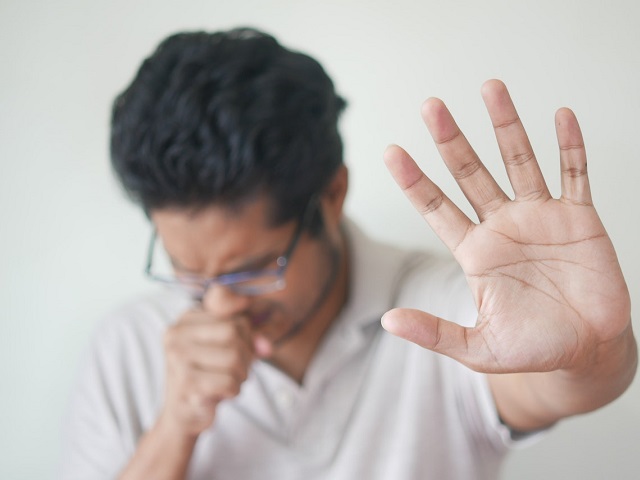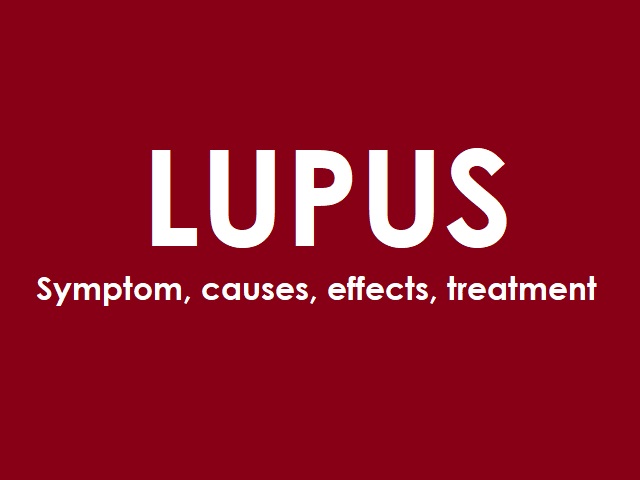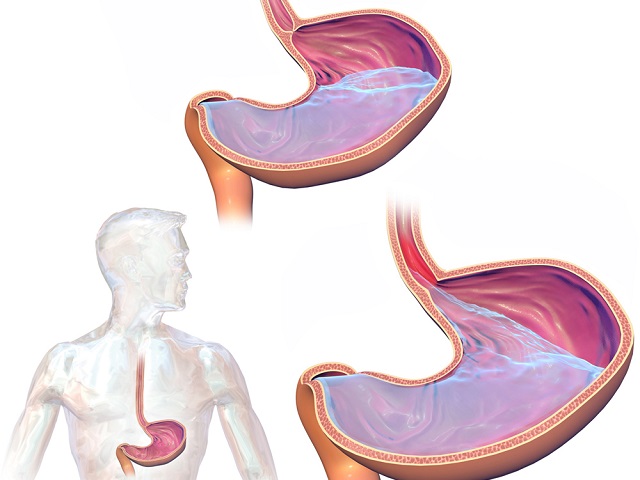9 Signs You May Have Whooping Cough -- Symptoms, Causes, Effects, Treatment and Prevention
Whooping cough, also known as pertussis, is a highly contagious respiratory infection caused by the bacterium Bordetella pertussis. It primarily affects the respiratory system and is characterized by severe and prolonged coughing spells, often ending with a characteristic "whooping" sound when the person gasps for breath.
Symptoms of Whooping Cough:
- Runny nose
- Sneezing
- Mild cough
- Low-grade fever
- Severe and persistent cough
- Episodes of rapid coughing followed by a high-pitched "whoop" sound
- Vomiting
- Exhaustion
- Difficulty breathing (Centers for Disease Control and Prevention, 2021)
Causes of Whooping Cough:
Whooping cough is caused by the bacterium Bordetella pertussis, which is spread through respiratory droplets from infected individuals. It is highly contagious and can easily spread from person to person through coughing, sneezing, or close contact (Centers for Disease Control and Prevention, 2021).
Effects of Whooping Cough:
- Severe coughing fits interfering with breathing
- Pneumonia
- Weight loss
- Rib fractures from intense coughing
- Hospitalization or death, especially in infants
Treatment of Whooping Cough:
- Antibiotics (azithromycin or erythromycin) to reduce severity and duration
- Prevent spread of infection to others
- Hospitalization for infants and young children requiring close monitoring and supportive care (Centers for Disease Control and Prevention, 2021)
Prevention of Whooping Cough:
- Vaccination (routine childhood vaccination, recommended for adolescents and adults)
- Good respiratory hygiene (covering mouth and nose when coughing or sneezing)
- Staying away from others if infected (Centers for Disease Control and Prevention, 2021)
References:
Centers for Disease Control and Prevention. (2021). Pertussis (Whooping Cough). Retrieved from https://www.cdc.gov/pertussis/index.html














